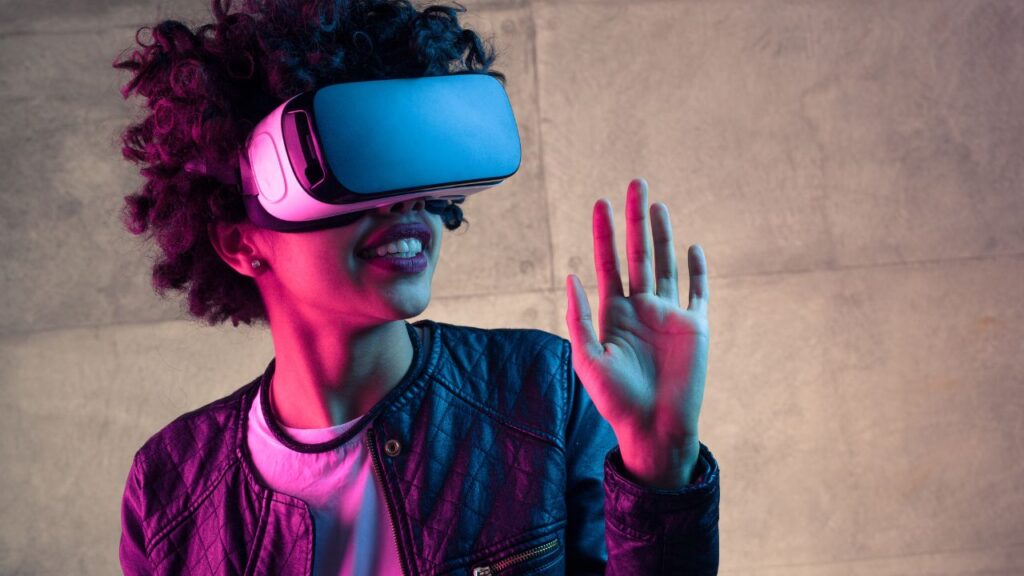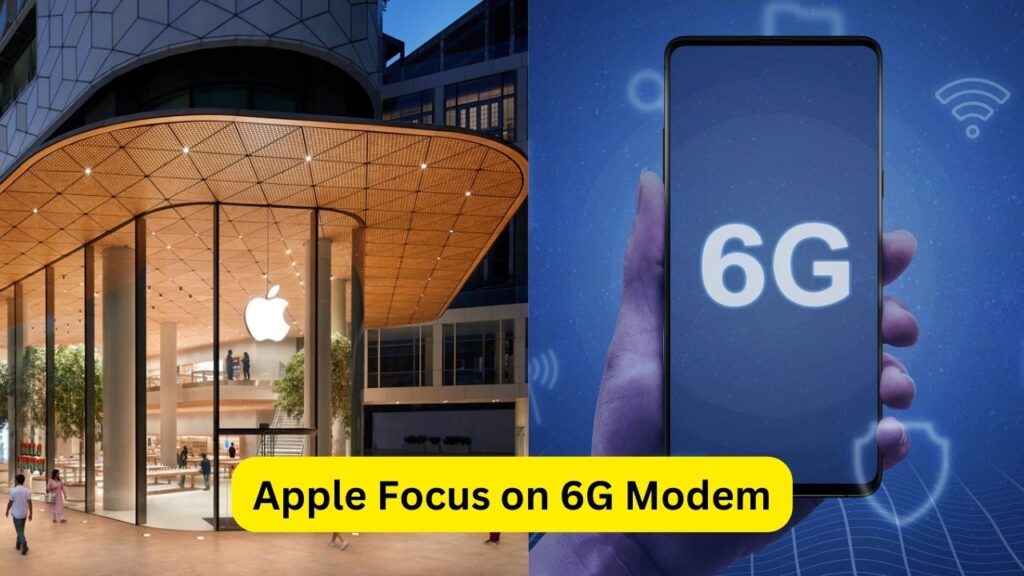A VR Headset Work at VR Facilities through a combination of hardware and software to create an immersive and interactive experience
Virtual Reality (VR) headsets are the hottest gadgets in the market right now. Big names like Google, Samsung, and HTC are investing a lot in developing VR technology with products like Google Daydream, Samsung Gear VR, and HTC Vive. You’ve probably seen these cool VR headsets at Virtual Reality Centers in malls or arcades. But have you ever wondered how they actually work?
Virtual reality takes you into a digital world that feels incredibly real. While VR headsets provide a virtual experience through 3D graphics and visuals, Virtual Reality Centers aim to engage four to five senses, including vision, hearing, touch, and even smell. This immersive power allows VR Centers to transport people to a virtual world seamlessly.
Popular VR headsets like Oculus Rift and PlayStation VR are often referred to as Head-Mounted Displays (HMDs). They create a life-sized, 3D virtual environment without the limitations of regular TV or computer screens. The screen moves with you, offering a 360-degree view. The video is sent from your console or computer to the headset via an HDMI cable for some headsets, or it’s already on your smartphone for others like Google’s Daydream and Samsung Gear VR.
These VR headsets use two feeds or two LCD displays (one per eye) and have lenses between your eyes and the pixels, giving them the nickname ‘goggles.’ Some headsets allow you to adjust the lenses to match the distance between your eyes. Advanced systems like 6DoF (six degrees of freedom) track your head movements in three dimensions, providing a more immersive experience.
For example, VR headsets like FOVE even have an infrared sensor that tracks your eyes inside the headset, making the depth of field more realistic and enhancing the overall gaming experience. Virtual Reality Centers have the potential to become fantastic gaming and entertainment arcades, offering a unique and thrilling experience. As prices drop and more companies get on board, Virtual Reality Centers could very well be the next big thing in the entertainment world!
| Components | Descriptions |
|---|---|
| Headset | Houses the display screens, lenses, sensors, headphones, and microphones. |
| Computer | Generates the virtual environment and renders it in real-time. |
| Controllers | Allow users to interact with the virtual world. |
| Tracking system | Tracks the position and orientation of the headset and controllers. |
| VR platform | Acts as a bridge between the hardware and the virtual world. |
| VR application | Creates and runs the actual virtual environment. |
| VR game engine | Renders the virtual world in real-time and responds to user input. |
| Haptic feedback devices | Provide tactile feedback to enhance the immersion. |
| Motion platforms | Move and tilt in response to the user’s movements. |
| Multi-user VR systems | Allow multiple users to share the same virtual environment. |



